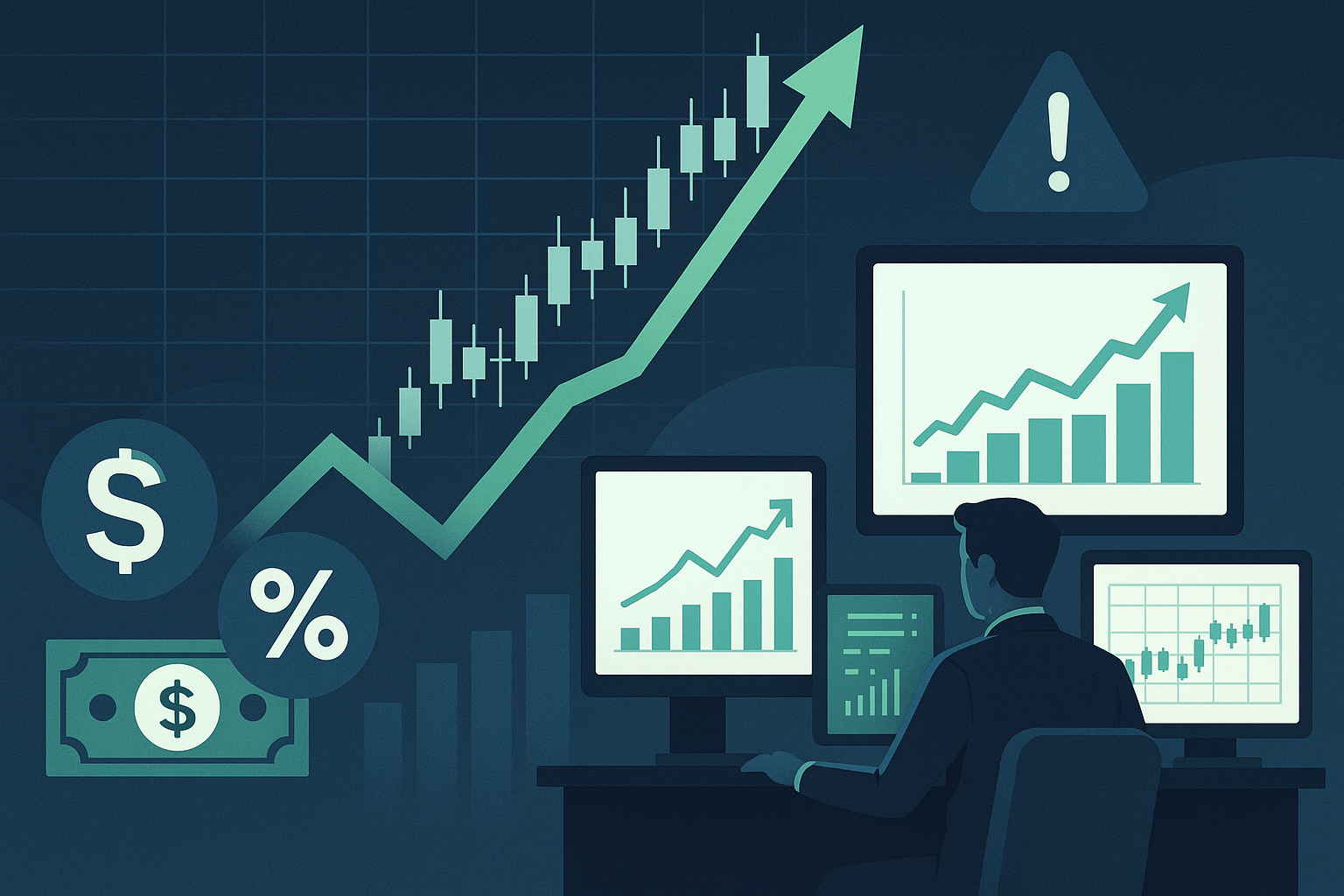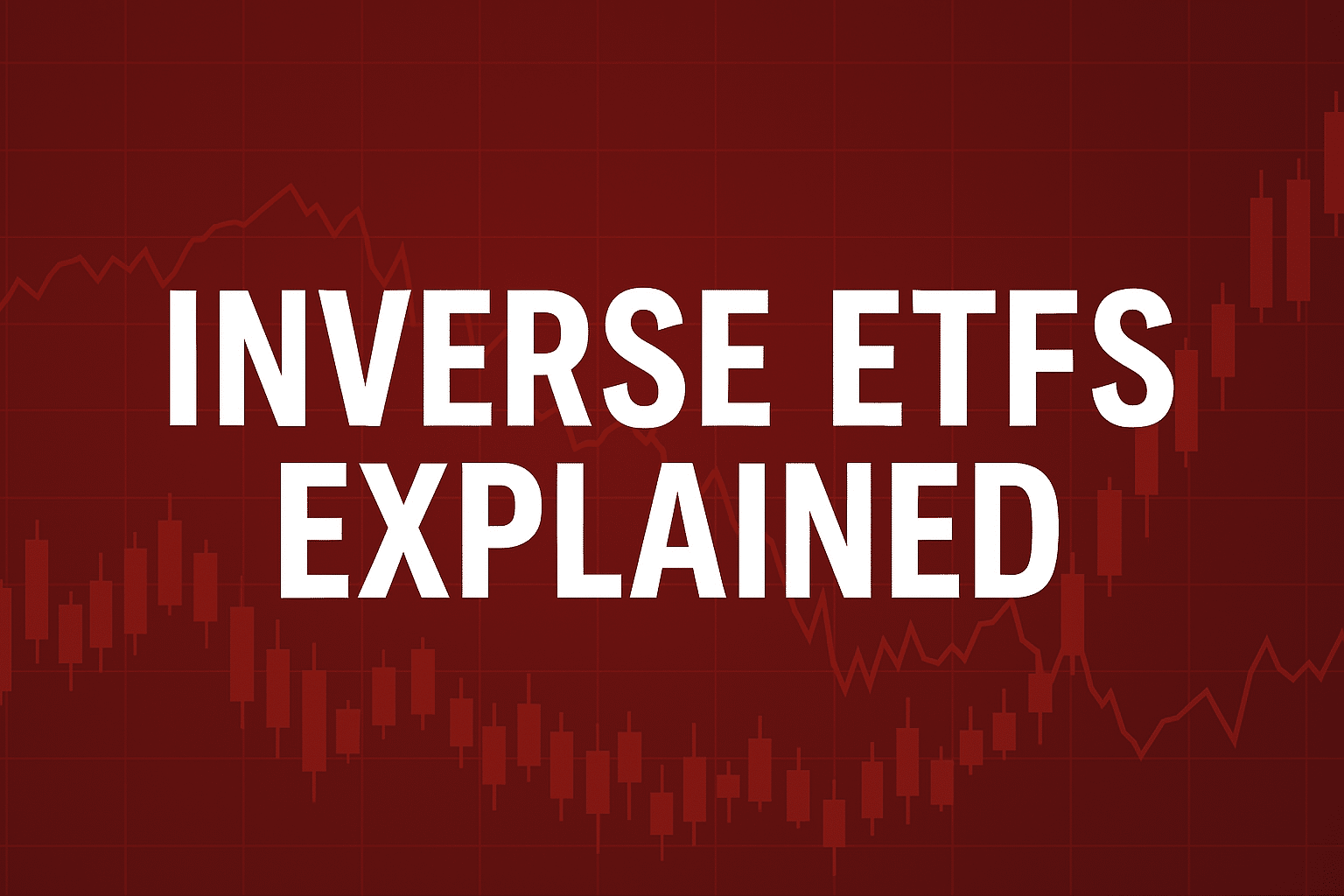Leveraged ETFs
Leveraged ETFs: A Guide to High-Risk, High-Reward Trading


By Billy Ribeiro | Globally Recognized Trader & Market Strategist
Billy Ribeiro is a globally recognized trader renowned for his mastery of price action analysis and innovative trading strategies. He was personally mentored by Mark McGoldrick, famously known as “Goldfinger,” Goldman Sachs’s most successful investor in history. McGoldrick described Billy Ribeiro as “The Future of Trading,” a testament to his extraordinary talent. Billy Ribeiro solidified his reputation by accurately calling the Covid crash bottom, the 2022 market top, and the reversal that followed, all with remarkable precision. His groundbreaking system, “The Move Prior to The Move,” enables him to anticipate market trends with unmatched accuracy, establishing him as a true pioneer in the trading world.
What Are Leveraged ETFs?
Leveraged ETFs (Exchange-Traded Funds) are financial instruments designed to amplify the daily performance of an underlying index, sector, or asset. These funds typically aim to return 2x or 3x the daily movement of a benchmark like the S&P 500 or NASDAQ-100.
There are also inverse leveraged ETFs, which move in the opposite direction. For example, if the NASDAQ-100 rises 1%, TQQQ (a 3x bullish ETF) aims to rise 3%. If it falls 1%, SQQQ (a -3x inverse ETF) aims to rise 3%.
How They Work: The Critical Risk of Daily Resets
Leveraged ETFs use complex derivatives like futures and swaps to magnify returns. Crucially, they reset daily, meaning their leverage goal only applies to a single day’s price change. This daily reset mechanism is the most important concept for traders to understand.
Because they reset each day, holding them over multiple days in a choppy, volatile market can result in volatility decay, where the ETF loses value even if the underlying index ends up flat.
Billy’s Take:
“Leveraged ETFs are scalpels, not hammers. They are designed for precise, short-term tactical trades when you have high conviction in a directional move. Holding them for more than a few days is a bet on both direction and the path it takes to get there. The moment the market gets choppy, the decay starts working against you.”
Popular Leveraged ETFs by Category
| Symbol | Leverage | Tracks |
|---|---|---|
| TQQQ / SQQQ | +3x / -3x | NASDAQ-100 |
| SPXL / SPXS | +3x / -3x | S&P 500 |
| LABU / LABD | +3x / -3x | Biotech Index |
Advantages vs. Risks
Advantages:
- Capital Efficiency: Achieve significant market exposure with less capital compared to buying the underlying assets directly.
- Accessibility: Trade them like any other stock in a standard brokerage account, with no need for a margin account for 1x funds.
- Simplicity: They offer a straightforward way to make leveraged bets without managing complex options or futures positions.
Risks:
- Volatility Decay: This is the biggest risk. These are not buy-and-hold investments, as choppy markets will erode their value over time.
- Magnified Losses: Leverage is a double-edged sword. A small market move against your position will result in a significantly larger loss.
Conclusion
Leveraged ETFs are powerful tools that can offer outsized rewards, but they come with significant responsibility. They are best suited for disciplined, active traders who understand the mechanics of daily compounding and have a clear, short-term trading plan. If you are not managing risk carefully, they can drain an account quickly.
Continue Your Learning
-
What Are ETFs?
Start with the fundamentals. Learn what Exchange-Traded Funds are and how they work before diving into complex variations.
-

Inverse ETFs Explained
Understand the mechanics of inverse funds, which use similar principles to bet against the market.
-
The Power of Vertical Credit Spreads
Explore how options can be used to create defined-risk trades, a key principle in managing leveraged positions.
Elevate Your Trading Skills
Ready to master these instruments? Join our community for in-depth education, live sessions, and expert analysis of how to use leveraged ETFs and other advanced strategies. Sign up today to start profiting from market swings!
Frequently Asked Questions (FAQ)
Q: Are leveraged ETFs good for beginners?
A: Not usually. They require active monitoring and an understanding of compounding and volatility effects. Beginners should paper trade first.
Q: Can I hold leveraged ETFs overnight?
A: Yes, but with caution. Market gaps and news events can hurt your position. Most traders use them intraday or for short swings only.
Q: What’s the difference between TQQQ and SQQQ?
A: TQQQ is a 3x bullish ETF for the NASDAQ-100. SQQQ is a 3x inverse ETF—used when you think NASDAQ will drop.
Q: Are there leveraged ETFs for different sectors?
A: Yes! There are leveraged ETFs for biotech (LABU/LABD), energy (GUSH/DRIP), financials (FAS/FAZ), and many more.
Get Actionable Insights Direct to Your Inbox
Get Your Free Trading Edge
Instant access to our weekly market insights
By subscribing, you agree to receive marketing emails from Revolution Trading Pros. Unsubscribe at any time.
- ✓ Weekly Insights
- ✓ No Spam
- ✓ Unsubscribe Anytime
CRITICAL: Trading involves substantial risk of loss and is not suitable for all investors. The content of this article is for educational purposes only and is not a recommendation to buy or sell any security. All trading strategies are used at your own risk.






